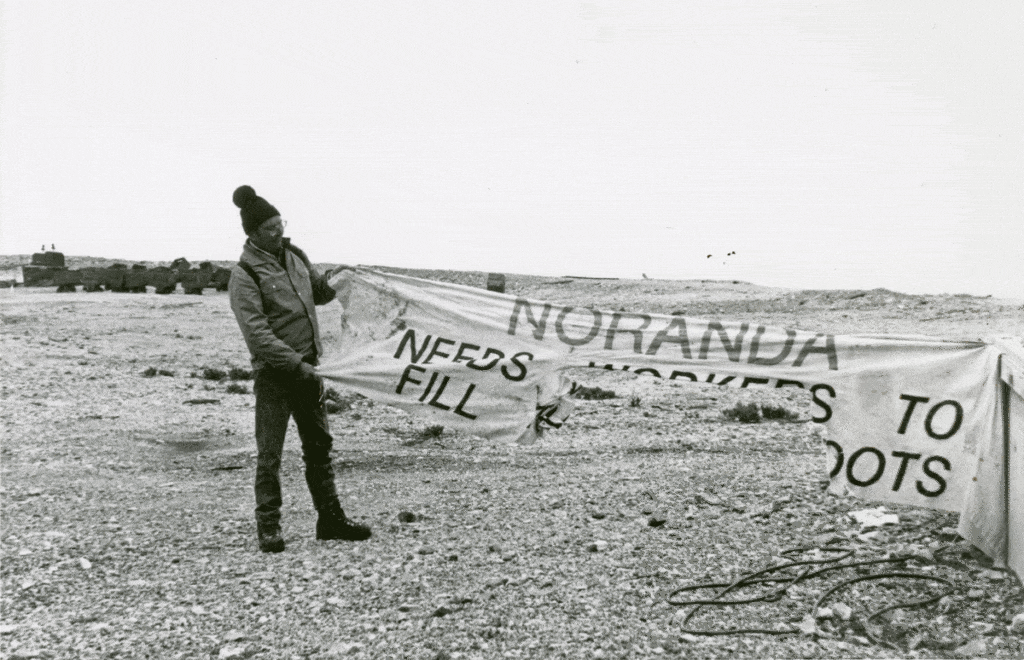Deer Valley Resort is celebrating its 40th season in operation this ski season. This is the third article in a series covering Deer Valley from Park City’s mining era through the resort’s early days.
In the previous articles we discussed the history of mining in Park City, the changing fortunes of that industry, and the “tug of war” between mineral extraction and skiing as exemplified by the comparison of Park City Ventures and the Royal Street Corporation (the company building Deer Valley Resort). We pick back up nearing the end of mining in Park City.
The 1970s were a decade of domestic and international economic turmoil. The energy “shocks” of 1973 and 1979 increased the price of oil by 400%. This in turn devastated the economy triggering a deep recession, inflation approaching 20%, a collapse of commodity prices, and severe unemployment. Battered by forces beyond their control, Park City Ventures – the joint venture of Anaconda and American Smelting and Refining Corporation – essentially closed their Park City mining operations in 1978. Their financial loss: $26 million. They laid off over 300 workers, retaining only thirteen employees to maintain the underground pumping systems and vital infrastructure. Both United Park City Mines (UPCM) and PC Ventures were determined to secure a savior to keep Park City’s 110 years of mining alive.
The retention of workers by PC Ventures to maintain the pumps was important. Copious volumes of water bedeviled the local mining industry from its beginning. Its mitigation was expensive and necessary. Should the pumps fail, water would begin to rise. An appropriate analogy: don’t turn your back on the tide. The pumps were alarmed to alert workers to their failure. Night watchmen were employed at all the mines. Their primary task was to ensure the pumps remained operational.

Credit: Park City Historical Society & Museum, Raye Ringholz Collection
In 1979 Noranda Mines Limited assumed the lease from PC Ventures. They would rehire 155 miners and spend $28 million in pursuit of the next mother lode. Their second year of operation, 1980, was a disaster. Two workers were accidentally killed. The hoisting works at the most important production shaft (the nbr 6) collapsed; Repairs would take six months. Radon gas was a persistent and dangerous challenge. Efforts to extend the nbr 3 shaft proved nearly impossible due to ground instability. Lining the shaft with steel and concrete made little difference as underground forces twisted the lower workings making a mockery of modern engineering practices.
More cruelty with the manipulation of the silver market by the Hunt Brothers (Nelson, Herbert, and Lamar). Their attempt to corner the global silver market drove prices to $50 an ounce in the first quarter of 1980. Unsustainable, this debt fueled orgy went bust, igniting a collapse in silver prices to $10 per ounce. The ensuing panic of Silver Thursday on March 27, 1980 threatened U.S. and global financial markets. The Hunt Brothers filed for bankruptcy. The end was near for Park City’s mining industry.
Deer Valley Resort opened on December 26, 1981 to international acclaim. In May earlier that year Noranda had suspended production, issuing a statement that exploration and development would continue. A skeleton crew was retained to maintain the pumps. Resuming production was dependent upon recovery of ore prices. This was not to be.
In April 1982 Noranda terminated its lease with UPCM. The order was given to “pull the pumps” – the ultimate death knell. Despite the tumultuous past three years, the instructions came as a shock both to the remaining workers and those who had toiled in the mines for generations. For the skiers and workers at the Deer Valley Resort, however, their future was bright.
Tune in next week as we look more into Deer Valley Resort’s development.
The author wishes to acknowledge the generous contributions of Gary Kimball, Keith Droste, Jim Hewitson, Steve Leathem, Larry Warren, and Alan Gordon to these articles.